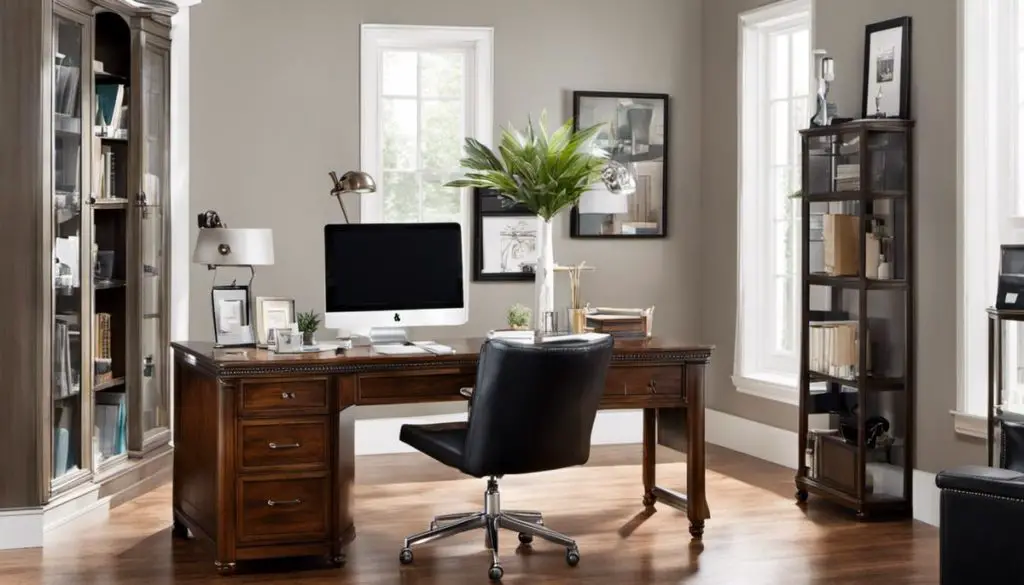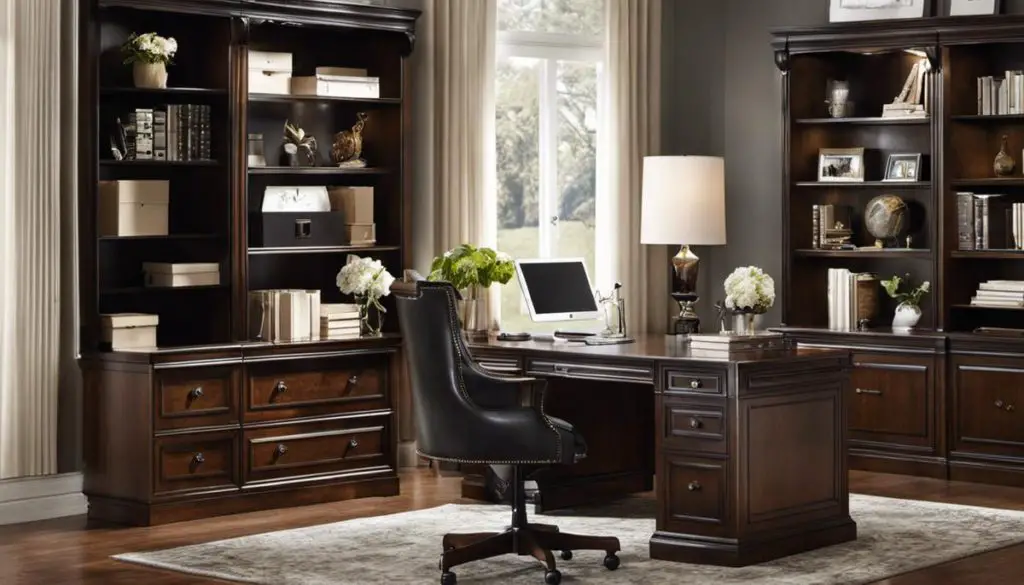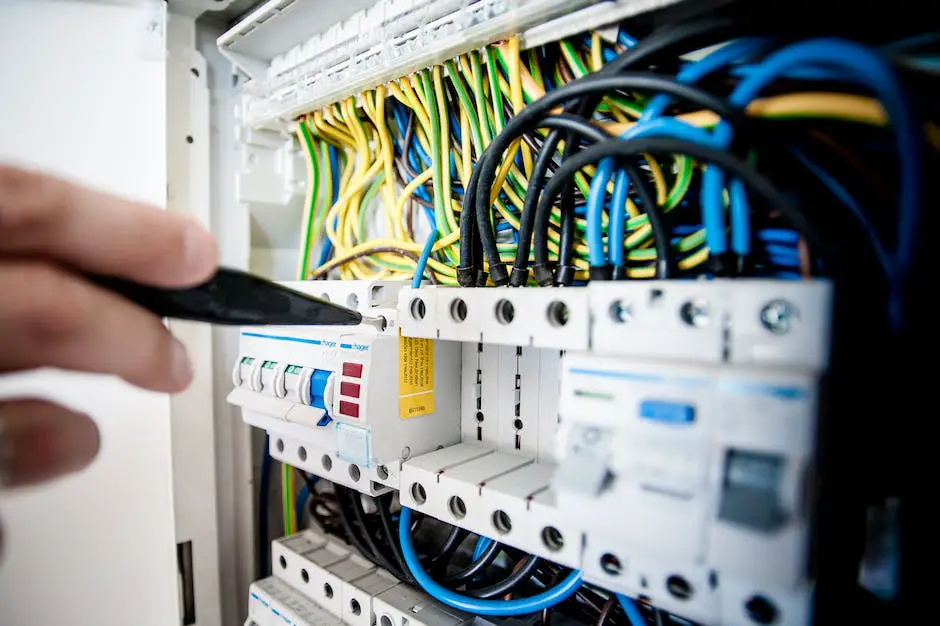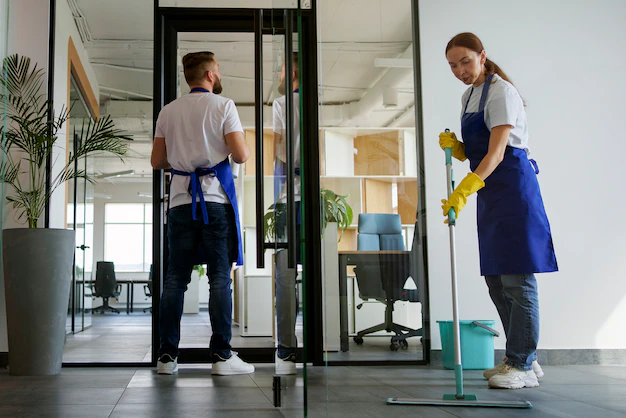In today’s rapidly expanding digital landscape, more individuals find themselves needing to create a functional and comfortable home office space. Whether you’re a budding entrepreneur, a remote freelancer, or someone just seeking a designated workspace within the quiet of their home, learning how to establish an effective home office is a crucial skill.
It can seem like an arduous task, given all the different elements you have to consider, such as understanding your workspace needs, deciding on a proper office design, and navigating through the complexities of home office technology. However, rest assured, with diligent planning, it’s more than feasible.
Identifying your workspace needs
1. Identify the Type of Work that You Do
Your workspace is largely dictated by the kind of work you will be doing. Start off by assessing your tasks, duties, and responsibilities.
Are you doing administrative tasks? Are you a graphic designer who will be working with sophisticated software and could benefit from a larger monitor or an adjustable stand? Or, you might be a tutor or coach holding sessions over video calls, and need a spot with a professional-looking background.
Understanding your job expectations will guide you on the kind of space you need, its setup, and the necessary equipment.
2. Assess the Equipment Needs
Your job might require specific gadgets and devices. Some professions require a desktop computer, printer, scanner, or dedicated phone line, while others might just need a laptop. Make a list of all the essential equipment you might need to perform your work comfortably and effectively.
Additionally, think about storage needs for items such as files, books, or art supplies. It is a lot easier to stay focused and productive when your office space is clutter-free and everything you need is within reach.
3. Evaluate the Ideal Work Environment
Your work performance can be influenced by your surroundings. Consider the noise level you need – some work better in silence while others prefer background noise. If you thrive on silence, a space far from the living room or kitchen would be ideal so that household activities won’t distract you. Alternatively, if you like a livelier environment, a workspace near a window or common area might be a fit.
Also, think about lighting. Natural light can lift your mood and reduce eye strain, but it is not always available. Is the spot you’re thinking of well-lit at all hours you will be working, or is there room for a good quality desk lamp?
Finally, room temperature can also affect your productivity. You might want to consider a location where you can control the temperature more directly, or where you can easily bring in a space heater or fan.
4. Size and Space Considerations
Space you have available is an essential factor to consider because it affects everything from the kind of desk you can use to your comfort when moving around. If you’re pressed for space, you might need to think about multipurpose solutions such as fold-away desks, or using a corner of your living room.
On the contrast, if you have a whole room available, you have the luxury of setting up a waiting area for clients, a separate desk for paperwork, or even a quiet reading corner. Consider your workflow and how you can physically arrange your workspace to suit it best.
Remember, creating a home office requires careful planning and consideration. Make sure to consider all these factors to create a workspace that fits your needs and maximizes your productivity.

Designing and planning your home office
1. Find Out Your Needs for a Home Office Space
The first step in designing your home office is to understand your specific needs. Do you need space for a large desk or multiple monitors? Do you need ample storage or a quiet place for video calls? Consider the nature of your work and what kind of setup will suit you best.
2. Select a Location for Your Mini Home Office
Next, choose a location in your home that will accommodate your needs. It could be a spare bedroom, your living room, or even a quiet corner. Ensure the space has good natural light, which is essential for productivity. If possible, the location should be away from the rest of your living environment to minimize distractions.
3. Choose the Right Furniture: Desk, Chair, and Storage Units
Choosing the right office furniture is crucial for creating a comfortable and productive work environment. Your desk should have enough space for your computer and any other necessary work items. An ergonomically designed office chair can promote good posture and reduce back strain.
If your work involves paperwork or you have many supplies, consider adding storage units like filing cabinets or shelves.
4. Consider Different Styles of Office Setups
Contemporary home office setups involve clean lines, modern furniture, and minimal clutter. On the other hand, traditional home offices might include wooden furniture and warm color schemes, giving a feeling of coziness and formality. An industrial style office space could involve raw materials like brick and metal. Choose a style that resonates with you and aids your productivity.
5. Add Personal Touches to Boost Productivity
Personalizing your home office can make it more inviting and inspire creativity. This could mean adding artwork, a soothing color paint, plants, or other decorative objects that make the room appealing to you.
6. Consider Technology Requirements
Your home office setup should also include provisions for all your technology needs, such as sufficient power outlets and good wifi coverage. If you use video conferencing regularly, a good webcam and strong lighting are important. Consider cable management solutions to keep your workspace organized and clutter-free.
7. Have the Right Lighting
Having the right lighting in your workspace is important for productivity and can reduce the strain on your eyes. Use a combination of natural light and artificial lighting. Task lighting can be particularly helpful if you read or write documents regularly.
8. Maintaining a Clutter-Free Environment
Lastly, keeping your home office tidy will help maintain productivity. Allocate spots for everything and try to organize your documents, cables, and other items.
Regular decluttering can go a long way in maintaining a serene and efficient workspace.

Setting up home office technology
1. Choose the Right Technology for Your Home Office
Before embarking on setting up home office technology, it’s essential to identify what equipment you will need for your specific work tasks. Many people will need a computer or laptop as a starting point.
Preferably, choose a device that ensures optimum productivity. A good processor, enough storage space, and a high-quality graphics card are features to consider.
Some jobs may also require a printer. If your work involves graphic design, consider a printer with high-quality color printing. On the other hand, if you’re mainly working with documents, a black and white laser printer should suffice.
A high-quality monitor, or maybe even two, will also enhance efficiency. Your choice of monitor should take into consideration factors such as size, resolution, and the type of panel used. High resolution monitors provide sharper images and are beneficial for tasks that require detailed visuals, such as graphic design or video editing.
Specific software is another consideration. Depending on your work, you might need office programs, graphics software, antivirus software, project management tools, or video conferencing apps. Ensure your hardware can support your software needs.
2. Apply Effective Cable Management
In setting up your home office technology, managing cables effectively may not seem like a big deal but it’s important in maintaining an organized workspace. Excess cables can cause accidents, look messy, and make tech maintenance harder. Use cord clips and cable ties to keep the cables tidy. A cable box can hide a power strip and the cables that come off it, while cable sleeves or cord covers can bundle multiple cords together.
3. Set Up Backups for Data and Electricity
It’s advisable to back up all your important data in case of any unforeseen situations. Back up files either externally using backup devices such as external hard drives or online using cloud services.
As for electricity, you should consider investing in a quality uninterruptible power supply (UPS) unit. This device will protect your equipment from power surges and provide temporary power if there’s a blackout.
4. Ensure a Secure Internet Connection
A secure internet connection is crucial to maintain the privacy of your work and client information. Make sure your WiFi connection is password protected and consider using a virtual private network (VPN) for an extra layer of security.
Also, regularly update your WiFi password and ensure your router is using the latest firmware to prevent potential vulnerabilities.
By carefully selecting your Technology, organizing your cables effectively, setting up backups, and ensuring a secure internet connection, you can create an efficient and safe home office workspace.

Whether you’re just dipping your toes into the world of remote work or perfecting a long-standing arrangement, creating your home office can be a gratifying endeavor. Acknowledging your workspace needs and preferences, coupled with thoughtful planning and design, will inspire productivity and comfort in your work-from-home environment.
Learning to navigate technology will only further enhance your efficiency. By paying keen attention to these elements, you can fashion a home office that does not just benefit your work output but also contributes to your overall well-being. Here’s to creating the ultimate work-from-home sanctuary!


